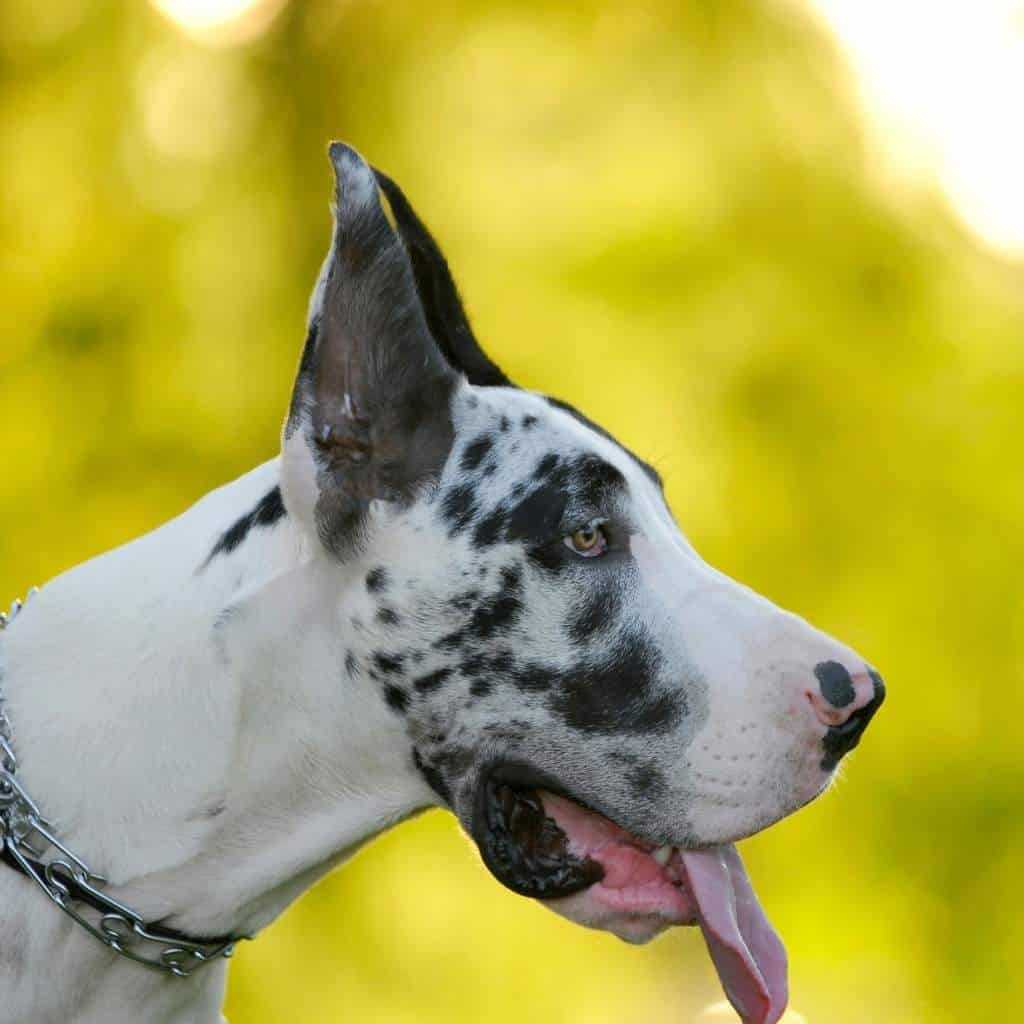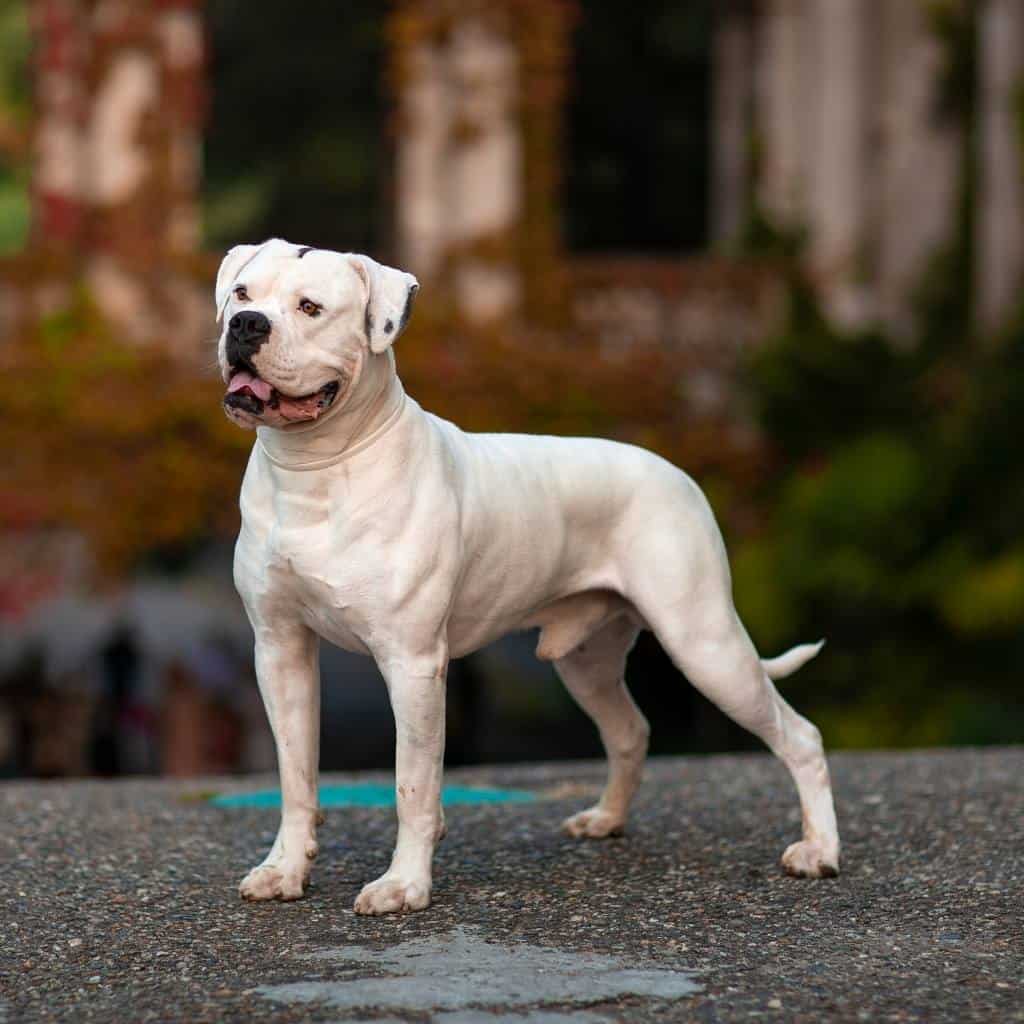Japanese Akita vs American Akita
Let’s talk about the major differences between the Japanese Akita Inu and the American Akita. Learn all about their coats, colors, temperament, and who these fluffy companions are best bred for.

The Akita is a breed of dog with origins in Japan. The two most common strains are the Japanese one and American, which come in many colors but have shorter hair than other breeds like Siberians because their double coat protects them from cold weather better than thick fur does for heat retention purposes (which makes sense!). They can be aloof sometimes if they don’t know you well enough or feel threatened however once comfortable will seek out affectionate touches all over – especially during winter months when these dogs need more attention
Breed History
- Originated in Odate, Akita – a snowy mountain region in Japan
- Bred as a hunting dog and was trained to fight in the 1600s
- From the 1500s to 1800s, Akitas were companions to samurais
- During the 20th century, crossbreeding began with breeds like St. Bernard, Mastiff, and German Shepherd, which led to the decline of the purebred.
- Largest of the spitz breed (has similarities like a wolf)
Japanese Vs American Akita – What’s the Difference
Akita Colors
The four coat colors of the Akita Inus are Sesame, Red Fawn, Brindle, and White.
Sesame is the rarest coat, even in Japan.
A white Akita will not have any other markings on them. However, don’t get confused. This is not an albino version. If they were albino their eyes would also be red or pink and they would not have any skin pigmentation.
Brindle is the same color you can expect other breeds that have that same coat. No two coats are alike, and this may remind you of the pattern of a tiger.
Red fawn is the most common. They will have the red on the top of their head, going down their backs. But their underside and chest will be white. The red comes over to the front of their face a little, then fades into white.
It’s almost impossible to list out the color variations of the American Akita because there can be so many combinations. The most common colors are white and pinto. It’s also worth noting that American Akitas do not have masks like the Inus.

Appearance: What the Akita Looks Like
The American Akita comes in many different colors, while you will only see Akita Inus in black, red, and brindle variations.
If both breeds were standing side by side, you would notice that the Akita has more of a bear’s head, while the Japanese Akita looks more similar to a fox. Most of the time, this difference is very subtle, but is still a thing!
Both have triangle ears and stand on top of their heads, along with a fluffy double coat. We already mentioned that the American breed is larger than its relatives and is more muscular.
More Posts Purebred Dogs
Size
While both breeds are considered medium large dogs, the Akita Inu is just a bit smaller. You can expect male Japanese Akitas to be about 25-27 inches tall, weighing in at 65 to 75 pounds. The females are a little shorter (22-25 inches) and weigh a few pounds less when fully matured (55-65 pounds).
American Akitas can weigh up to 130 pounds and can stand 28 inches tall. Females are a little smaller but are still bigger than their Japanese counterparts.
Life Span
American Akitas may outlive an Akita Inu by just a couple of years. AKC says the average lifespan is 10-12 years for the Inu and 10-14 for the American breed.
Registration
Japanese Akitas cannot be registered through the AKC,however, they are protected by the FSS. American Akitas are classified as working dogs.

Temperament
Both breeds love their families and companionship. If Akitas do not grow up with other pets, they may be a little aggressive. This is especially true when it comes to those of the same-sex. What we are saying is that you should definitely keep both breeds on a leash when out in public. If you adopt an Akita as a puppy, socializing is vital to avoid these behaviors.
They can also be a little possessive with their food, so let them be while they eat. This includes keeping children and pets away.
Training
Sources say these breeds are not recommended if you are a newbie to owning dogs. Not because they are bad pups, but because they can be hard to train. While they are extremely intelligent, they are known for their stubbornness. Unless you plan on dedicating your time and following through with extreme consistency, it’s best to leave Akita training to the professionals.
It’s also worth noting that they respond better to positive reinforcement versus training with shock collars.
Grooming
Both variations shed heavily twice per year, but usually grooming with a slicker brush a couple times a week will keep their coat easier to maintain. More frequent brushing also helps to prevent matting since their coat is so thick. Baths are only required when necessary, but read our tips for keeping your dog smelling good without a bath.
Also, in case you were wondering, Akitas are not a large hypoallergenic dog breed unfortunately.
Like other dogs, Akitas need their nails ground or clipped regularly. Dental care should also be a priority. Here are some ways to clean their teeth without brushing.
Japanese Akita
- Smaller in size
- FSS Registered
- Limited colors
- Has a lifespan of 10-12 years
- Head looks fox like
American Akita
- Slightly taller and weighs much more
- AKC registered – Working group
- Wide range of colors
- May live a little longer
- Head looks bear like
Health Issues
Hip Dysplasia – both breeds may be likely to develop hip dysplasia, which is why it’s very important to keep their weight in a happy range. There is a screening that can be performed to see if they are at risk. This is a condition that affects their hip joints that causes limping.
Hypothyroidism – if your pup is diagnosed, they must be on a lifelong thyroid replacement regimen.
Amelogenesis Imperfecta – The AKC recommends keeping an eye on Akita Inus for enamel hypoplasia. This is a condition where the enamel had difficulties forming while the pups were in the womb. Another reason that dental care is especially important for this breed.
Autoimmune diseases – VKH Syndrome, Pemphigus foliaceus, and lupus.
Bloat – because of their narrow and deep chested build, they are more likely to suffer. This is where the stomach begins to twist and fill with gas.
Allergies – This is a common issue that isn’t considered serious, but Akitas are more prone to. Learn more about dog allergies, treatment options, and symptoms to look for.
Kidney disease – while some cases develop later on in life, others start during puppyhood.

Diet and Exercise
Not only is daily exercise important for their health but also for stimulation. We mention these dogs were bred to be working dogs. Keeping them active will reduce negative behavior such as chewing.
Akitas need to be on a high quality diet because of the long list of health problems they are prone to. Does that mean they can’t have a tamale or a piece of fruit every now and then? No, we just recommend keeping table scraps to a minimum.
A good diet will also decrease the risk of obesity along with knee and hip problems.
Facts about Akitas
- Helen Keller brought the first Inu back to the States after the Japanese government gave them to her as a gift.
- Akitas have webbed feet, but these were intended for swimming. Instead, it helped them maneuver in the snow.
- They love cold weather. If it snows, you will have a hard time getting Akitas to come back into the house!
- You may notice that your Akita grooms themselves like a cat!
- Hachiko is Japan’s most famous dog, and it happens to be an Akita Inu. Everyday he walked to the train station with his owner, and met him in the afternoon when the owner returned after work. Once his owner passed, the dog continued showing up at the train station for 10 years.

Akita Rescues, Puppies, and Adoptions
If you are looking for a purebred Akita puppy you can check your local area for reputable breeders. Here are some other rescues that are worth looking at. Be sure to read through the agency’s FAQs and eligibility requirements.
Some will not place an Akita in homes with other pets, those who live in apartments, families with young children, or first time dog owners.
Midwest Akita Rescue Society – Serving Illinois, Indiana, Iowa, Michigan, Minnesota, Missouri, Ohio, Wisconsin and parts of Kansas and Kentucky. The adoption fee is $500 for puppies and $350 for all other Akitas.
Big East Akita Rescue – Serving New York, New Jersey, and the Pennsylvania metropolitan region. Adoption fees are $350 for those over a year old, and $500 for pups under a year old.
The Akita Club – They have a page where they give recommendations to 7 more rescues specifically for this breed.
You may also use sites like PetFinder to search your local area. However, the rescues can offer assurance that their records are up to date and they have been spayed or neutered.

More Common FAQs
They are more likely to make friends with other pets as puppies. Typically if you have an older AKkta they do not play well with those of the same sex and would rather be an only fur baby.
Both Akita breeds bark, but no more than other dogs. They definitely bark less than the German Shepherd.
Even though they are very intelligent, they are not the smartest dog. The breed that ranks number one is still the Poodle.
You can expect to pay between $600 up to $2000 for one of these purebred beauties. If they have competed in competitions, those can go for upwards of $5000 dollars each!





